Predictive analytics vs. AI: Why the difference matters in 2023?
Data Science Dojo
SEPTEMBER 8, 2023
Artificial Intelligence (AI) and Predictive Analytics are revolutionizing the way engineers approach their work. This article explores the fascinating applications of AI and Predictive Analytics in the field of engineering. Descriptive analytics involves summarizing historical data to extract insights into past events.

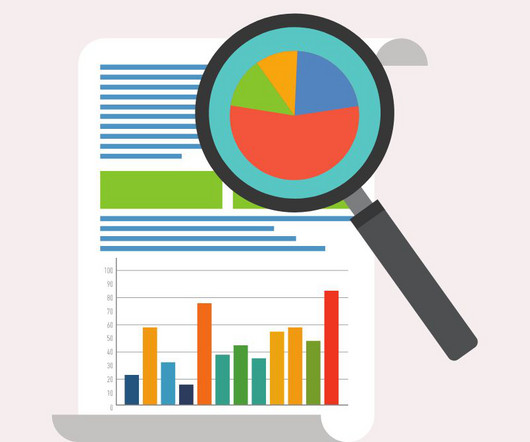

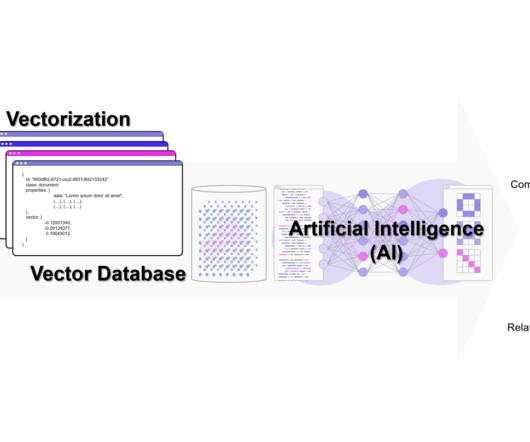


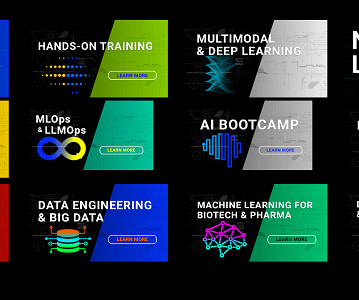



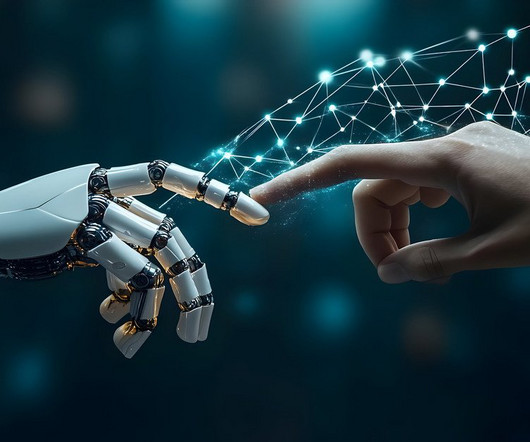

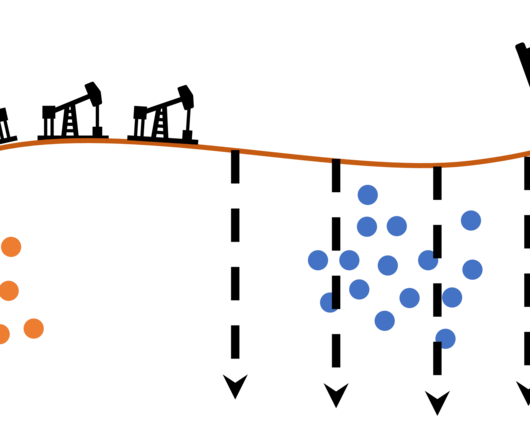






Let's personalize your content